Industrial Report: Why Things Are Looking Up for Ports, Supply Chains
Plus the latest from CommercialEdge on the sector’s key metrics.
East Coast ports recently averted a major disruption when dock workers and operators reached a tentative agreement, ending a labor strike after just a few days, according to the latest CommercialEdge report.
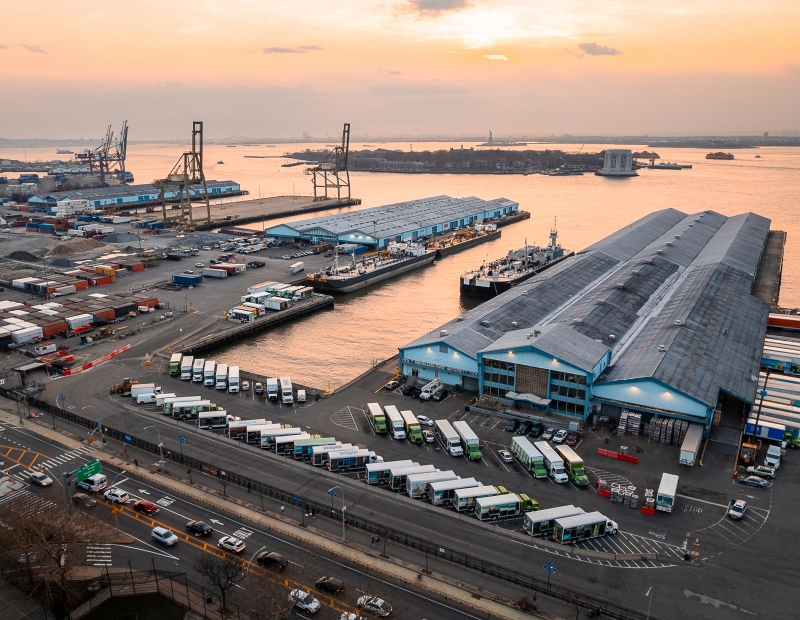
This agreement, which extends the previous contract until Jan. 15, will provide much-needed labor stability and help prevent bottlenecks that plagued the economy in 2022. With West Coast dock workers having secured a six-year deal last year, supply chains are expected to benefit.
The reshoring and nearshoring of manufacturing have begun to transform U.S. trade dynamics, driven by tariffs on Chinese goods and tax incentives for domestic production. In 2023, Mexico surpassed China as the top source of U.S. imports, with Canada following closely behind. However, concerns are rising about the dwindling land available for industrial properties, especially in such densely populated areas as New Jersey and Southern California, where new legislation has imposed stricter standards on industrial space.
While seaports remain essential to global supply chains, freight rail delays and other disruptions are still possible. Overall, supply chains have become more resilient, but unpredictable events could still cause significant upheaval, CommercialEdge elaborates.
READ ALSO: How Will the Manufacturing Investment Boom Impact Industrial CRE?
At the end of September, 362.6 million square feet of industrial space was under construction across the nation, representing 1.8 percent of the total inventory. Meanwhile, completions reached 283.1 million square feet. While this year’s new supply will mark a noticeable decrease from the highs of the past two years, it will still surpass all pre-2020 levels recorded by CommercialEdge.
The largest pipelines on a percentage-of-stock basis were found in Phoenix (8.3 percent, 33.8 million square feet underway), Kansas City, Mo. (3.7 percent, 10.7 million square feet), Memphis, Tenn. (3.4 percent, 10 million square feet), Philadelphia (2.8 percent, 12.7 million square feet), Columbus, Ohio (2.7 percent, 8.6 million square feet) and Denver (2.7 percent, 7.5 million square feet). At the same time, industrial sales during the first nine months of the year totaled $43.7 billion.
Industrial rents rise as vacancy rates shift
In September, the national average rent for industrial space reached $8.16 per square foot, up five cents from the previous month and 7.1 percent year-over-year, according to CommercialEdge. In-place rents grew most in the Inland Empire (12.1 percent year-over-year), Miami (11.2 percent), Los Angeles (9.5 percent) and New Jersey (9.1 percent).
Among inland markets, the Sun Belt recorded the highest increases, with Nashville (8.4 percent), Atlanta (8.2 percent) and Dallas (8.1 percent) seeing notable growth. This trend reflects the region’s high in-migration and job growth over the decade, fueling demand for industrial space in key logistics hubs.
New leases signed in the past 12 months averaged $10.36 per square foot, $2.20 higher than the overall average. Miami led the way in new lease premiums, with recent leases running $5.65 per square foot above the market average. Bridgeport, Conn., and Boston followed with $4.38 and $3.70 per square foot, respectively, for newly leased space.
The national industrial vacancy rate rose to 7.0 percent in September, marking a 30-basis-point increase from the previous month as new supply has steadily lifted vacancies in recent quarters. Charlotte posted one of the lowest vacancy rates at 4.1 percent, with Detroit following close behind at 4.6 percent.
Read the full CommercialEdge report.

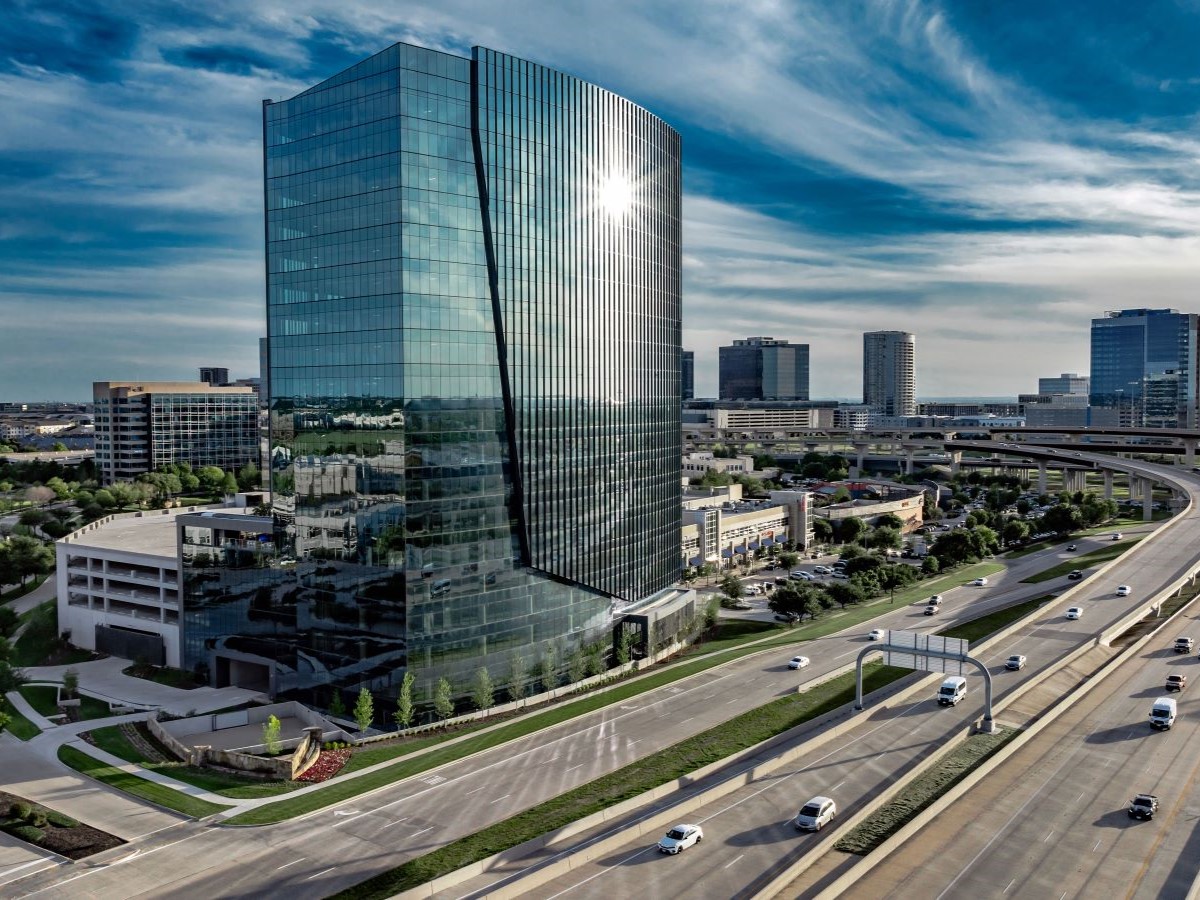

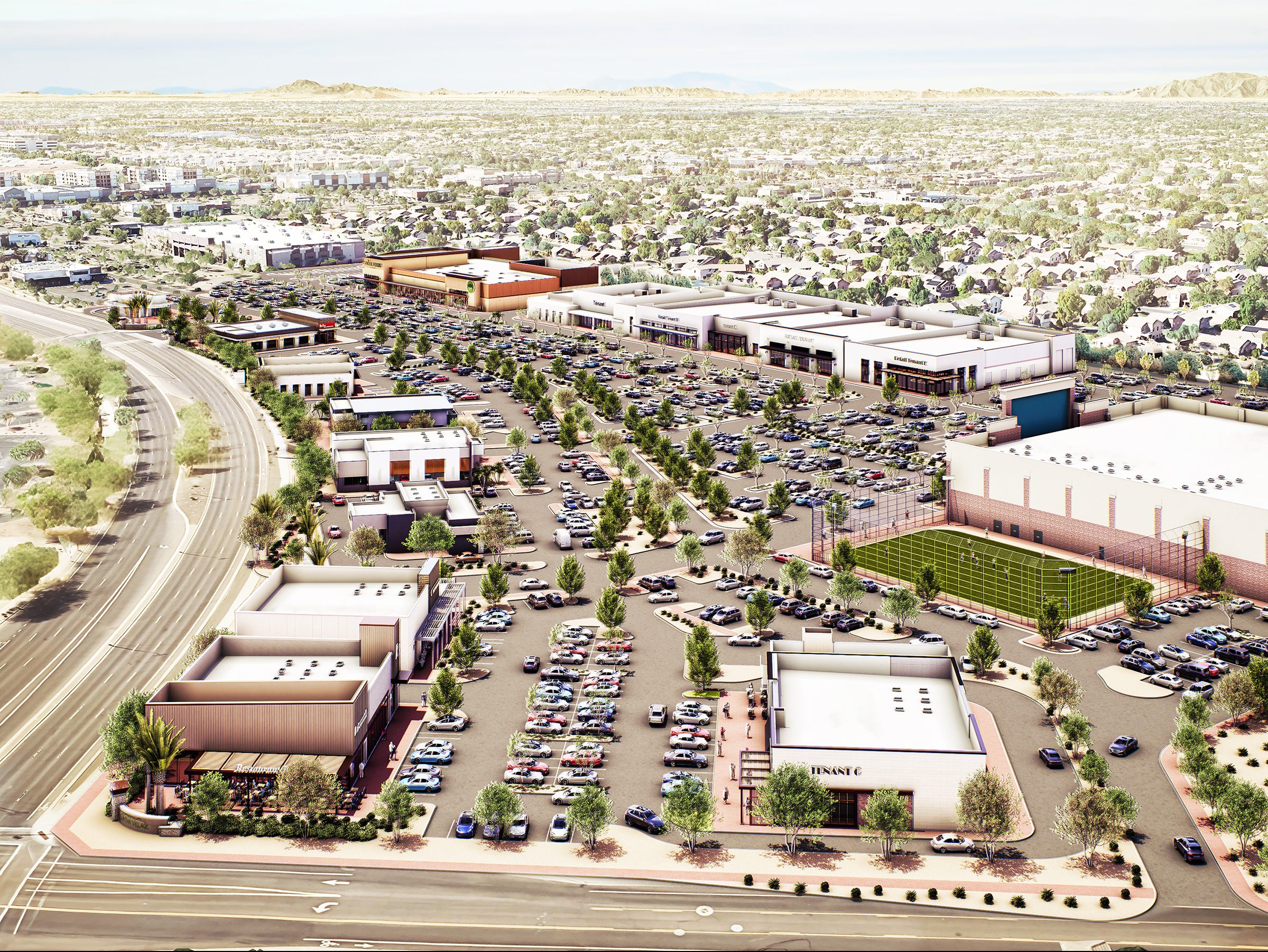

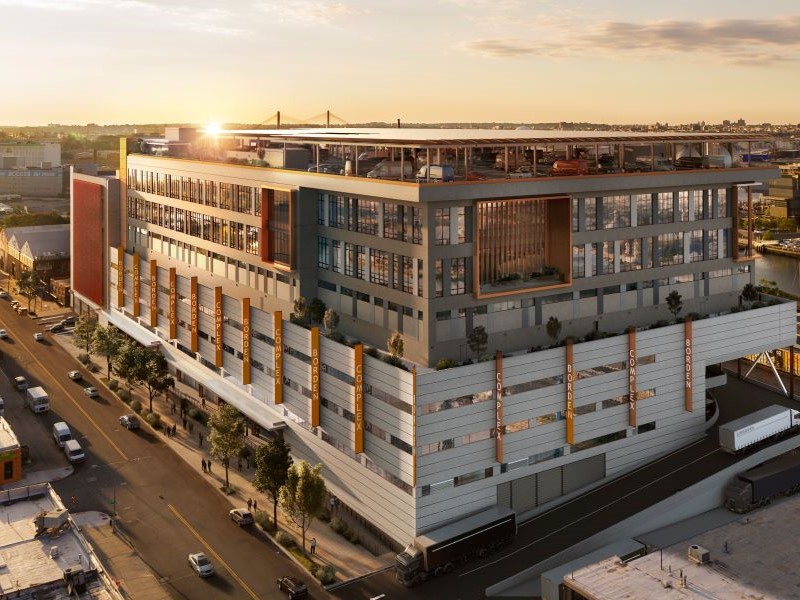
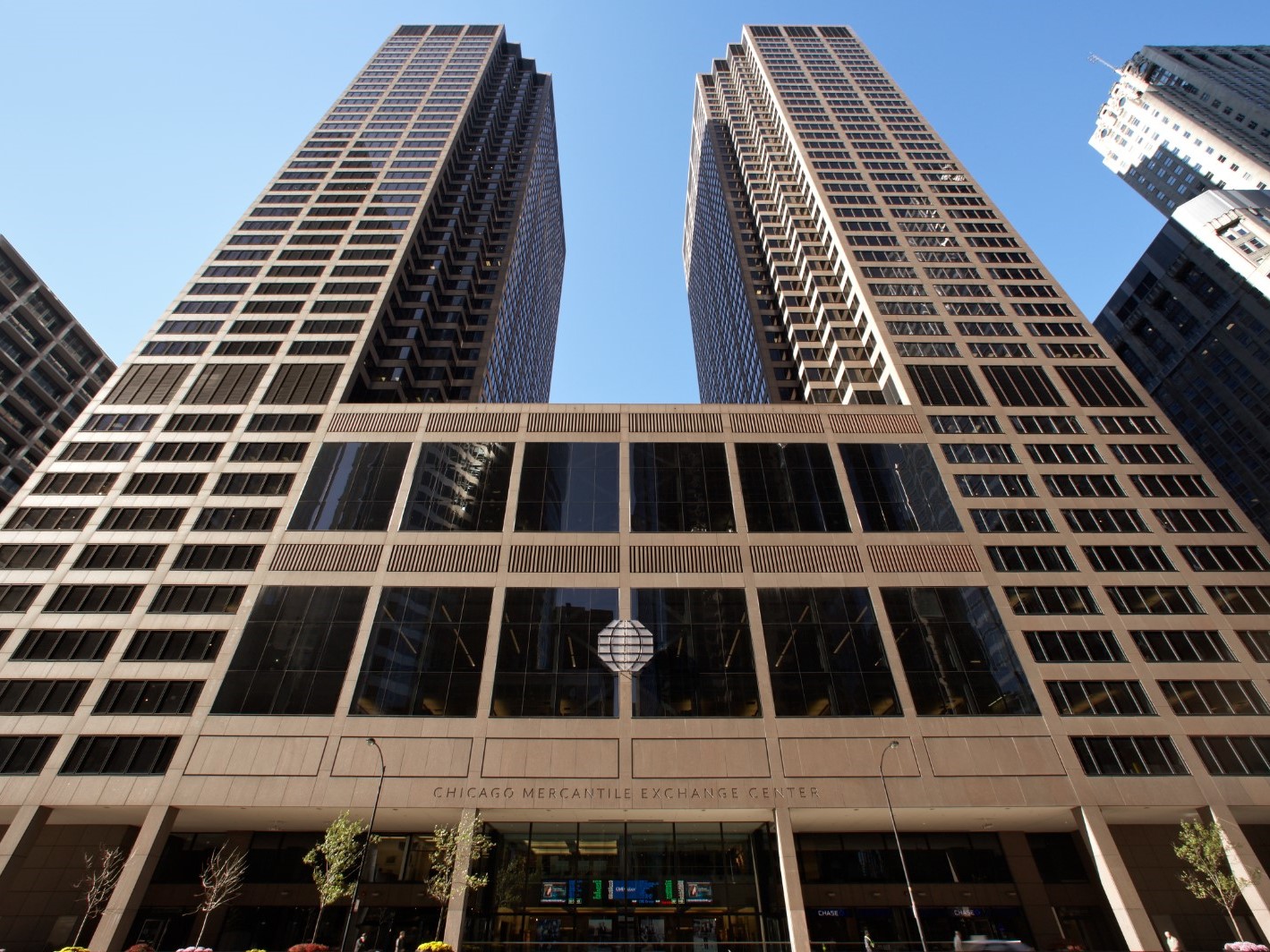
You must be logged in to post a comment.